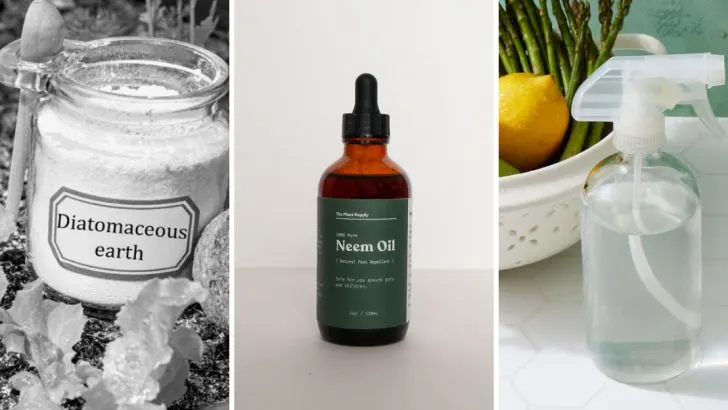If you’ve ever picked up a plant container and found ants scrambling underneath—or worse, pouring out of the soil—you’re not alone. Ants love the warm, sheltered environment pots provide, especially if the soil stays moist. It doesn’t take long for a small colony to settle in and make itself at home.
The good news is that you don’t have to sacrifice your plants to get rid of them. There are several ways to deal with ants in containers, from simple tricks using household items to more targeted solutions. This list covers 13 options you can try, depending on how bad the infestation is and what kind of plants you’re working with.
Diatomaceous Earth
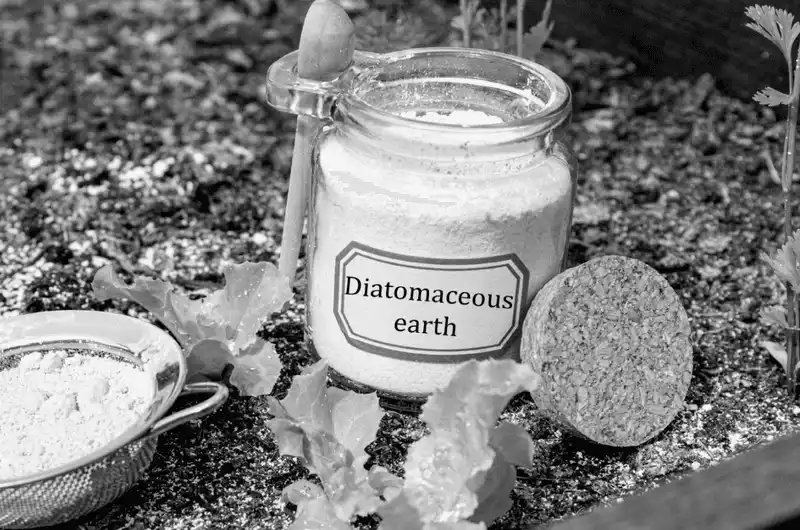
Diatomaceous Earth is a natural, powdery substance that works wonders for ant control. Made from fossilized aquatic organisms, its abrasive texture damages the exoskeleton of ants, causing them to dehydrate and perish.
Sprinkle it generously around the base of your plant containers. It’s essential to reapply after watering or rain, as moisture diminishes its effectiveness. This method is ideal for organic gardeners seeking a chemical-free solution.
For best results, maintain a dry environment, as Diatomaceous Earth loses potency when wet. Ants will avoid crossing treated areas, ensuring your plants remain unharmed.
Neem Oil Solution
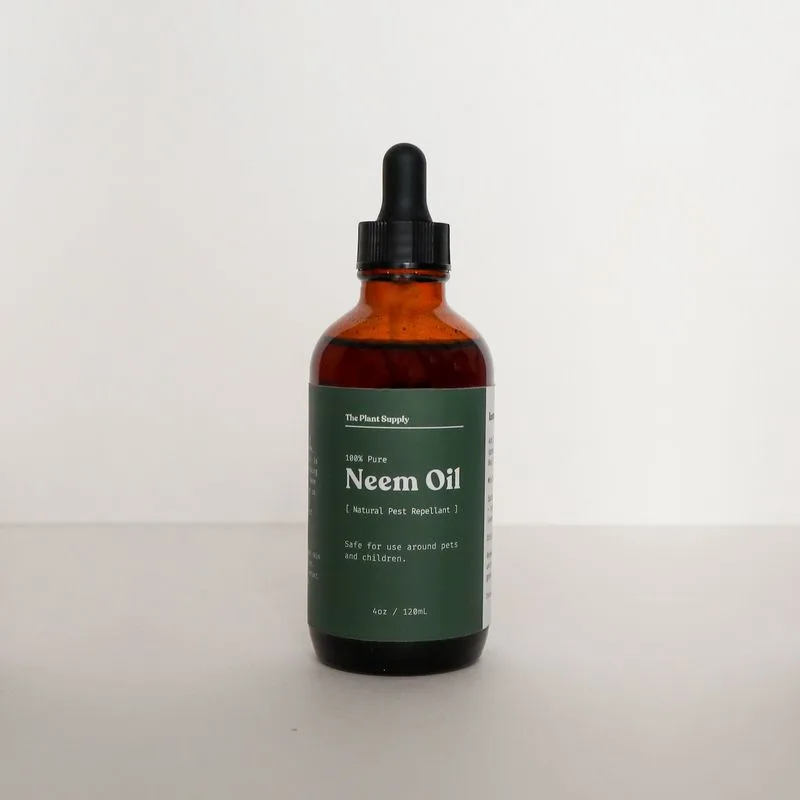
Neem oil is a versatile, natural pesticide derived from the seeds of the neem tree. Known for its insect-repelling properties, it’s an excellent choice for ant control.
To create an ant-repelling spray, mix neem oil with water and a few drops of dish soap. Apply this mixture around your plant containers. The strong scent deters ants while being safe for plants and beneficial insects.
Regular application is key, especially after rainfall. Neem oil provides a dual benefit, as it also combats other pests like aphids, ensuring a healthier garden environment.
Vinegar and Water Spray
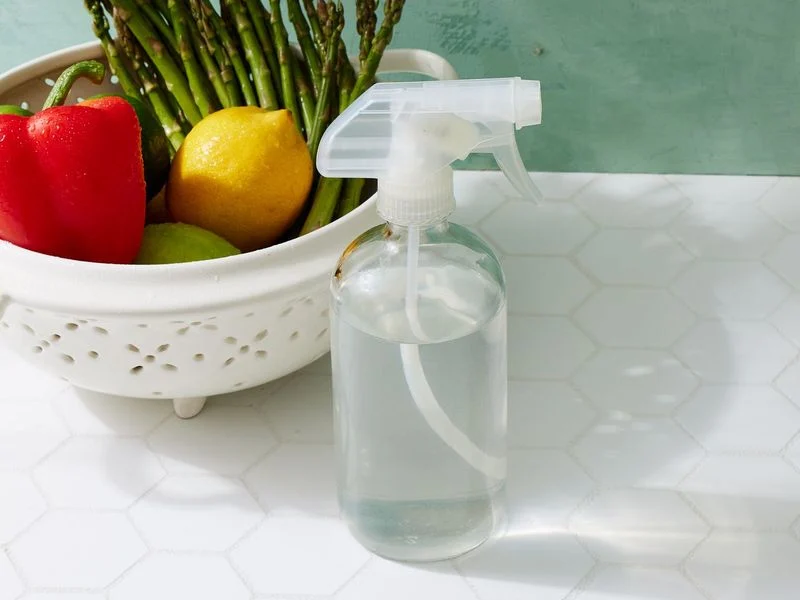
A mixture of vinegar and water is a simple yet effective ant deterrent. The strong scent of vinegar disrupts ant trails, preventing them from returning.
Combine equal parts of white vinegar and water in a spray bottle. Apply generously around your plant containers, focusing on areas where ants are most active.
This method is safe for most plants but should be tested on a small area first to avoid potential damage. Reapplication is necessary after watering. This natural approach offers a household-friendly solution to your ant problem.
Cinnamon Barrier
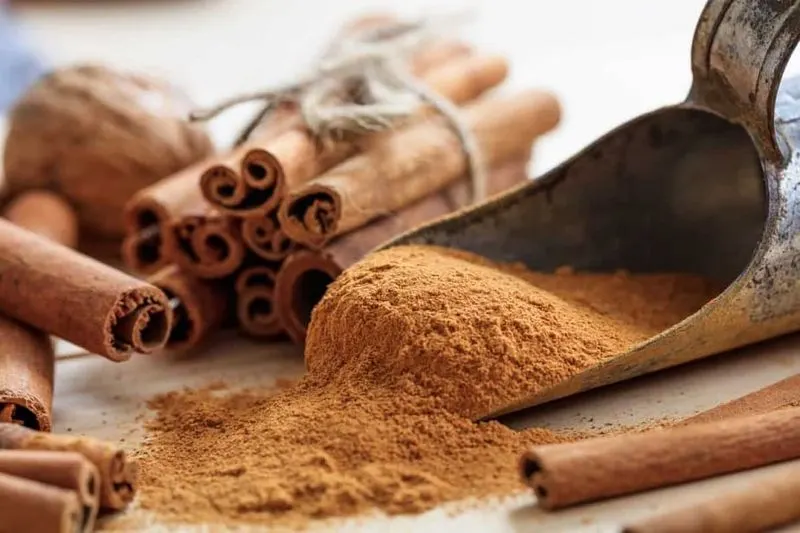
Who knew your spice rack held a secret weapon against ants? Cinnamon, with its strong fragrance, acts as a natural deterrent.
Sprinkle ground cinnamon around your plant containers to create a barrier that ants prefer to avoid. Alternatively, use cinnamon essential oil diluted in water for a more potent spray option.
This aromatic approach not only deters ants but can be a pleasant addition to your garden’s scent profile. Regular application, especially after rainfall, keeps this method effective. It’s a clever, fragrant way to protect your plants naturally.
Borax and Sugar Bait
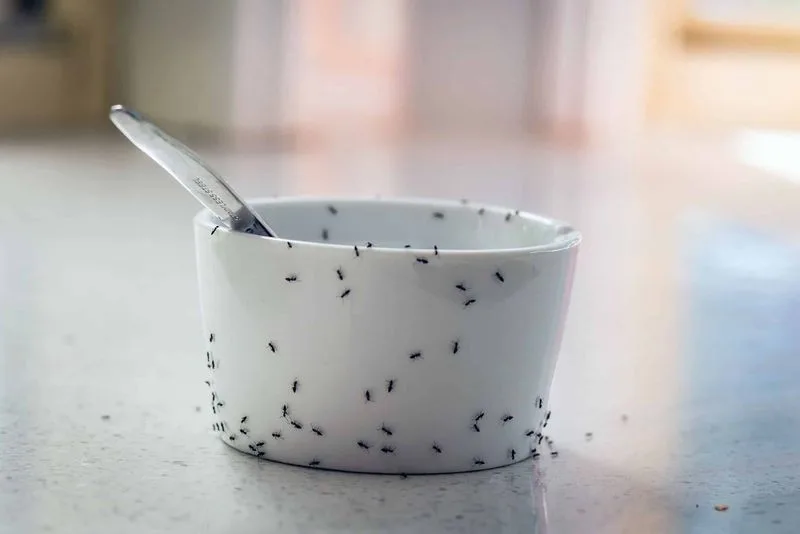
Borax, when combined with sugar, becomes a powerful ant bait. The sugar lures ants in, while the borax disrupts their digestive systems, ultimately eradicating them.
Mix borax and sugar in equal parts, and add a little water to form a paste. Place small amounts near the ant trails around your containers.
Be cautious with placement, as borax can be harmful to pets and humans. This method targets the entire colony, ensuring long-term control. It’s an efficient solution for those looking to tackle larger infestations with minimal effort.
Boiling Water Method
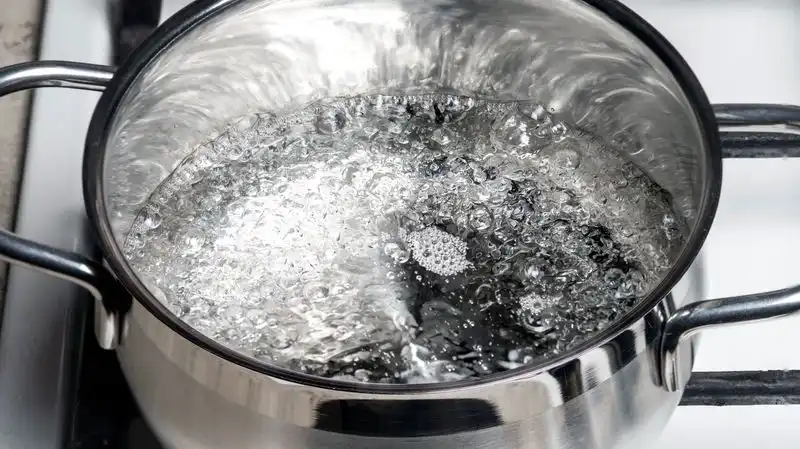
Boiling water is a straightforward, yet highly effective method for ant control. By pouring it directly onto ant mounds, you can significantly reduce their population.
This method should be used with caution, as boiling water can harm your plants if not applied carefully. Focus on the ant trails leading to your containers.
Repeated applications may be necessary for larger nests. It’s an immediate, chemical-free solution that can be easily implemented, particularly for outdoor plantings. This technique offers a simple and direct way to deter ants around your plants.
Peppermint Essential Oil
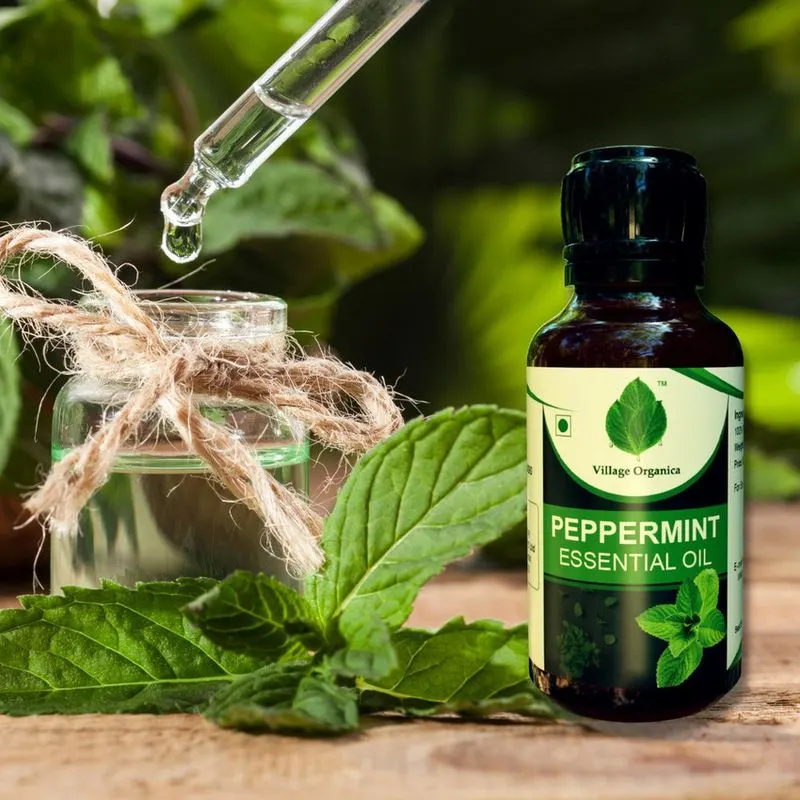
Peppermint oil, with its refreshing aroma, is disliked by ants. This essential oil serves as both a deterrent and a pleasant addition to your garden’s atmosphere.
Mix a few drops of peppermint oil with water and spray around your plant containers. The strong scent masks ant trails, confusing them and steering them away from your plants.
This method is perfect for those who prefer a natural, fragrant solution. Regular use enhances its effectiveness, and as a bonus, it also repels other insects, adding an extra layer of protection.
Talcum Powder Barrier

Talcum powder, commonly found in households, can create a simple yet effective barrier against ants. Its fine texture disrupts their scent trails, making navigation difficult.
Sprinkle talcum powder generously around the base of your plant containers. It acts as a physical barrier, deterring ants from crossing over.
This non-toxic method is safe for plants and pets, making it an accessible choice for many gardeners. Reapplication might be needed after rain or watering, ensuring ongoing protection. It’s a straightforward way to keep ants at bay naturally.
Chalk Line Deterrent

Chalk, an everyday item, can surprisingly deter ants. The powdery texture disrupts their scent trails, serving as a barrier they hesitate to cross.
Draw a thick line of chalk around your plant containers. This method is particularly useful for indoor plants, where rain won’t wash away the barrier.
While simple, chalk needs to be reapplied regularly to maintain effectiveness. It’s a quick, child-friendly solution that adds a playful touch to pest control. Plus, it doesn’t harm your plants, making it a safe choice for ant management.
Coffee Grounds
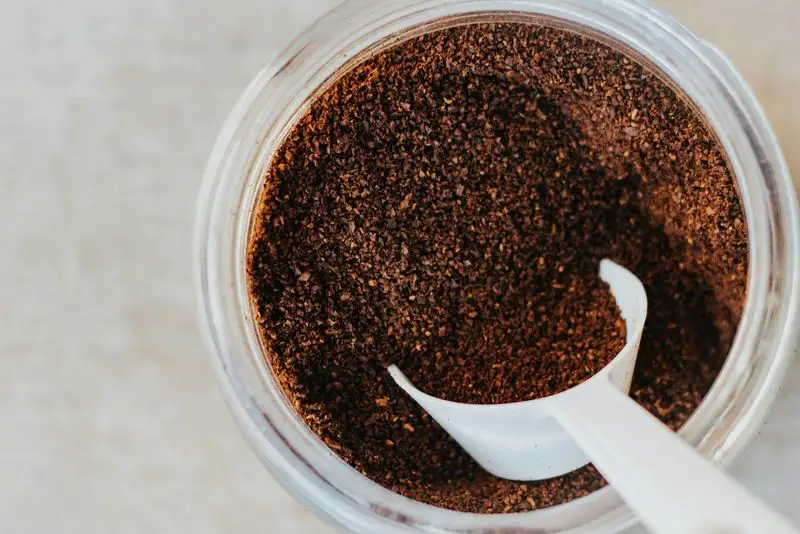
Used coffee grounds are more than just waste; they can help repel ants effectively. The strong scent confuses ants, disrupting their trails and making your garden less inviting.
Spread the coffee grounds around the base of your plant containers. Not only do they deter ants, but they also enrich the soil with nutrients, benefiting your plants.
This eco-friendly method is perfect for coffee lovers looking to recycle waste beneficially. Regular application enhances its effectiveness, keeping ants at bay while nurturing your plants.
Soap and Water Solution
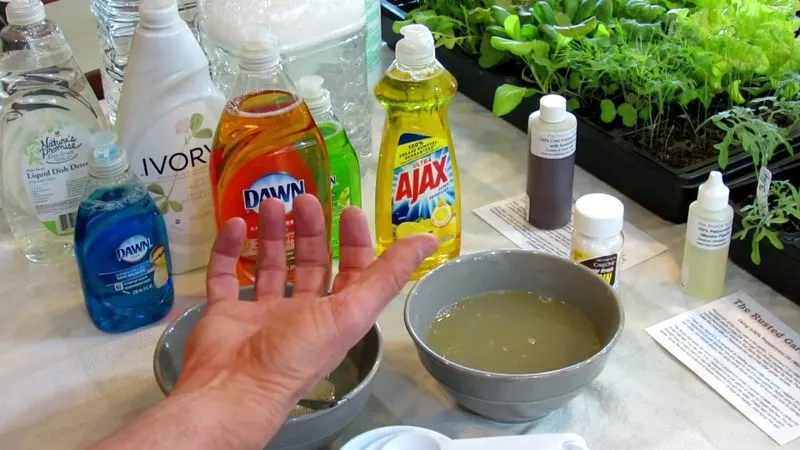
A simple soap and water solution is an effective ant deterrent. The soap disrupts the ants’ cell membranes and removes their scent trails.
Mix a few tablespoons of dish soap with water in a spray bottle. Apply directly on ants and their trails around your plant containers.
This method is safe for most plants, but it’s wise to test on a small area first. Regular use, especially after rain, maintains its effectiveness. It’s an easy, homemade remedy that tackles ants without harsh chemicals.
Citrus Peels
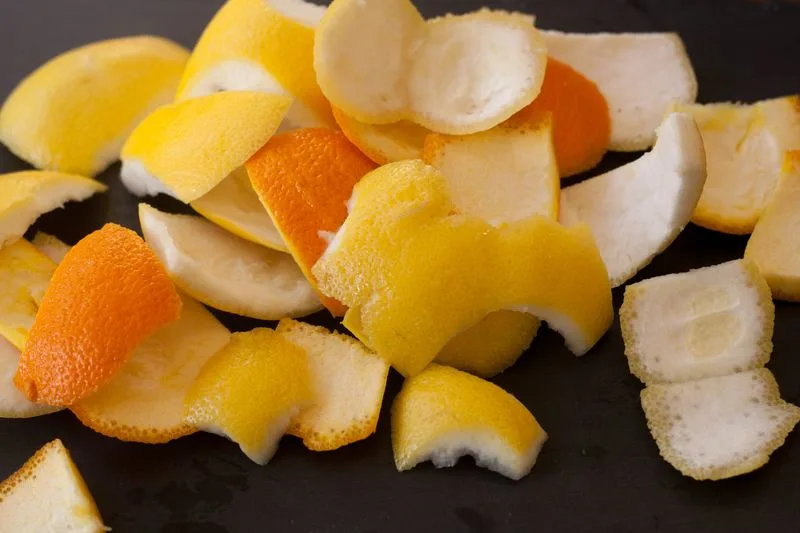
Citrus peels, often discarded, can be repurposed as ant deterrents. The strong aroma of citrus confuses ants, leading them away from your plants.
Place fresh citrus peels around your plant containers, focusing on entry points. As they dry, their scent diminishes, so regular replacement is necessary.
This method adds a zesty fragrance to your garden while keeping ants at bay. It’s a sustainable recycling option, perfect for those seeking a natural pest control method. Enjoy the added benefit of a citrus-scented garden.
Commercial Ant Traps
For those facing persistent ant problems, commercial ant traps offer a reliable solution. These traps contain bait that lures ants in, where they consume a slow-acting poison.
Place traps near the ant trails around your plant containers. The ants carry the poison back to the colony, targeting the root of the problem.
While effective, it’s important to keep traps out of reach of children and pets. This method provides a long-term solution for heavy infestations, ensuring your plants remain undisturbed by ant activity.

